French sophistication, rebellious spirit, high fashion street elegance, subcultures, theater, painting, and music—all these merge in the creation of Gaultier into a unique cocktail reflecting the spirit of the time.

As far back as the 80s and 90s, he created images that remain relevant to this day and instantly become viral on social networks: "tattooed" tops, "nude" prints, and other optical illusions in his favorite trompe-l'oeil style, footwear on massive spiked platforms, various interpretations of corsets, cone bras. He forced the entire industry to rethink the traditional use of maritime symbolism in high fashion, making the maritime style cultish. He was one of the first to actively start using models of all ages, sizes, and nationalities in his shows, as well as challenging traditional notions of masculinity and femininity.
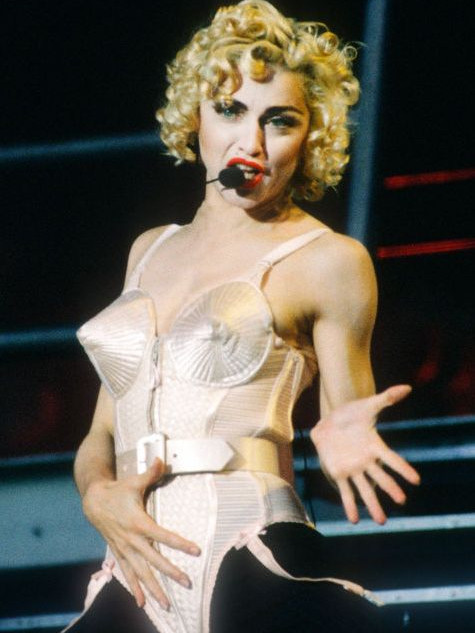
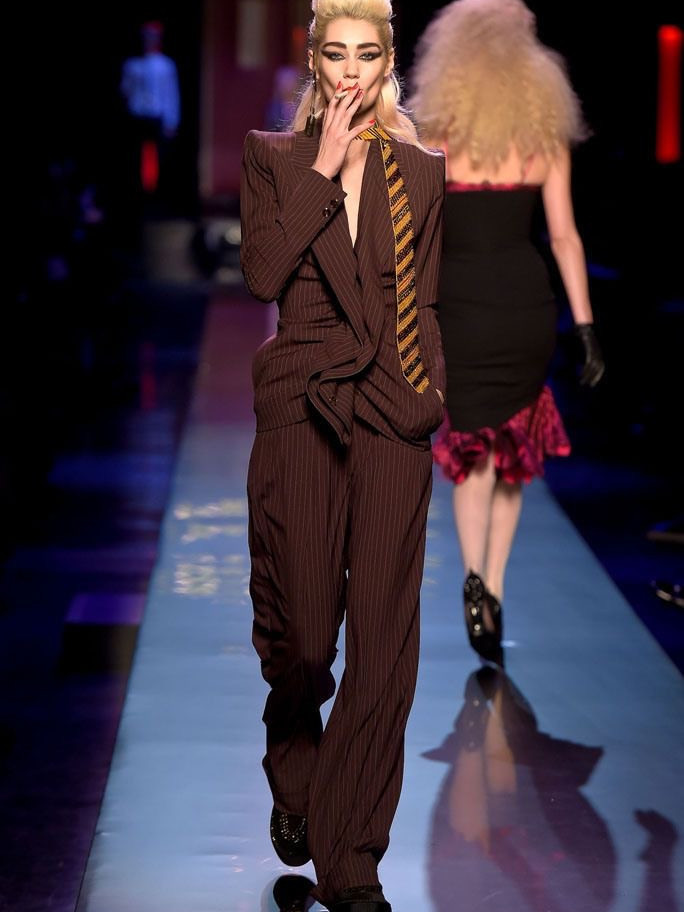

It's hard to name a designer who has such a huge influence on contemporary trends without even creating new collections. Designers diligently quote their experienced colleague: references to the archives of Jean Paul Gaultier have been seen repeatedly at Glenn Martens, Marine Serre, Jonathan Anderson, and Olivier Rousteing.
Founded in 1976, the House of Jean Paul Gaultier is a Parisian paradox, combining shock and chic. The designer earned the reputation of the "enfant terrible" of French fashion with his bold cuts and rebellious stance, which still inspires the provocative and playful spirit of the Gaultier house to this day.
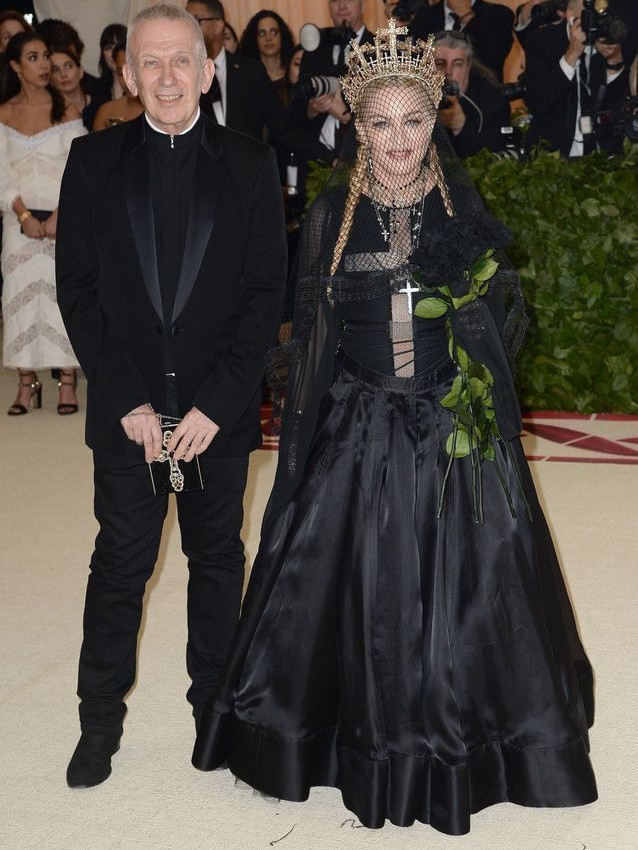

Under the direction of creative director Florence Tetier, today the House of Gaultier collaborates with various creative personalities to reinterpret and rethink the house's legacy for new generations, as well as to celebrate the creativity of its founder.
Over five decades of creativity, the archives of Jean Paul Gaultier have become a historical fashion legacy and the backbone of the House, which continues to adhere to the avant-garde spirit of the great couturier. The studio is inspired by iconic silhouettes but doesn’t just reissue them; it transforms the brand's DNA into a new and modern look.
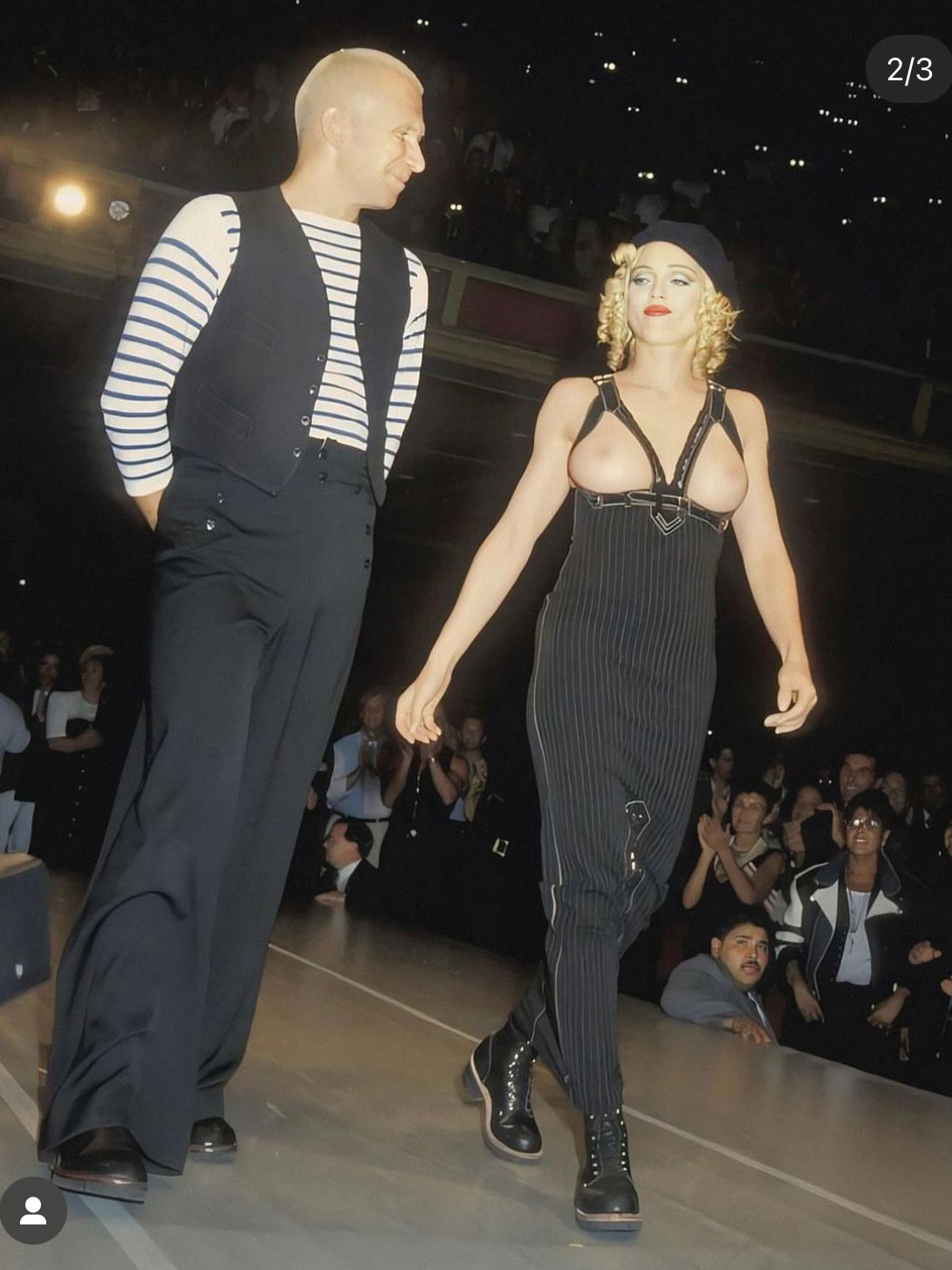
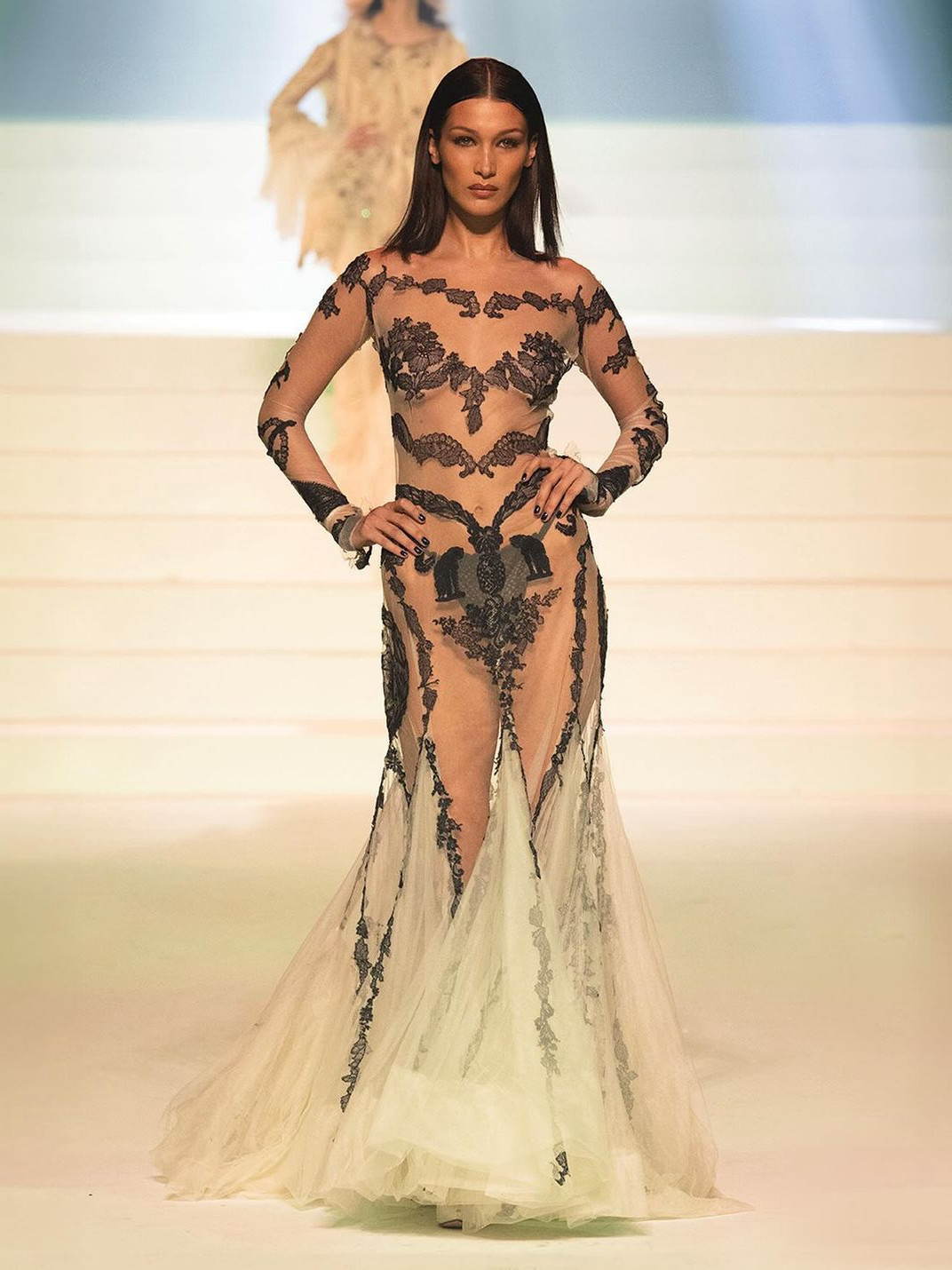
"The TRES GAULTIER collection does not reproduce Gaultier's iconic models but rather offers modern interpretations of the house's archetypes. I wanted to raise questions about our basic principles and adapt them to the social and aesthetic mutations that have occurred since their inception," says creative director of Jean Paul Gaultier.
In 1990, Jean Paul Gaultier created Madonna's famous conus bra, which brought him worldwide fame. The reworked brat is transformed into modular elements used in a black jacket or as an airy, lace accent on the back of a pink satin dress. The open-bust, garter dress worn by Madonna in 1992 was recreated as prints on a shirt and a fitted dress. The "Frida" dress, created as a tribute to Frida Kahlo in the Spring/Summer 1998 Pret-à-Porter collection, was deconstructed and turned into a gothic-style top made of soft leather. The "Bella" dress, which Bella Hadid wore at the last Haute Couture show in 2020, was also transformed into another motif in the form of a fitted dress. Each woman who inspired Gaultier not only supported but also embodied his unique fashion vision, which is both eternal and relevant.
Denim becomes the main element of the TRES GAULTIER collection. Symbolizing an adaptive wardrobe without gender constraints, denim is reinterpreted in outerwear style. The ensemble worn by Laetitia Casta at her first Jean Paul Gaultier show in 1993 is transformed into a loose-fitting denim look created in petit-grand style.
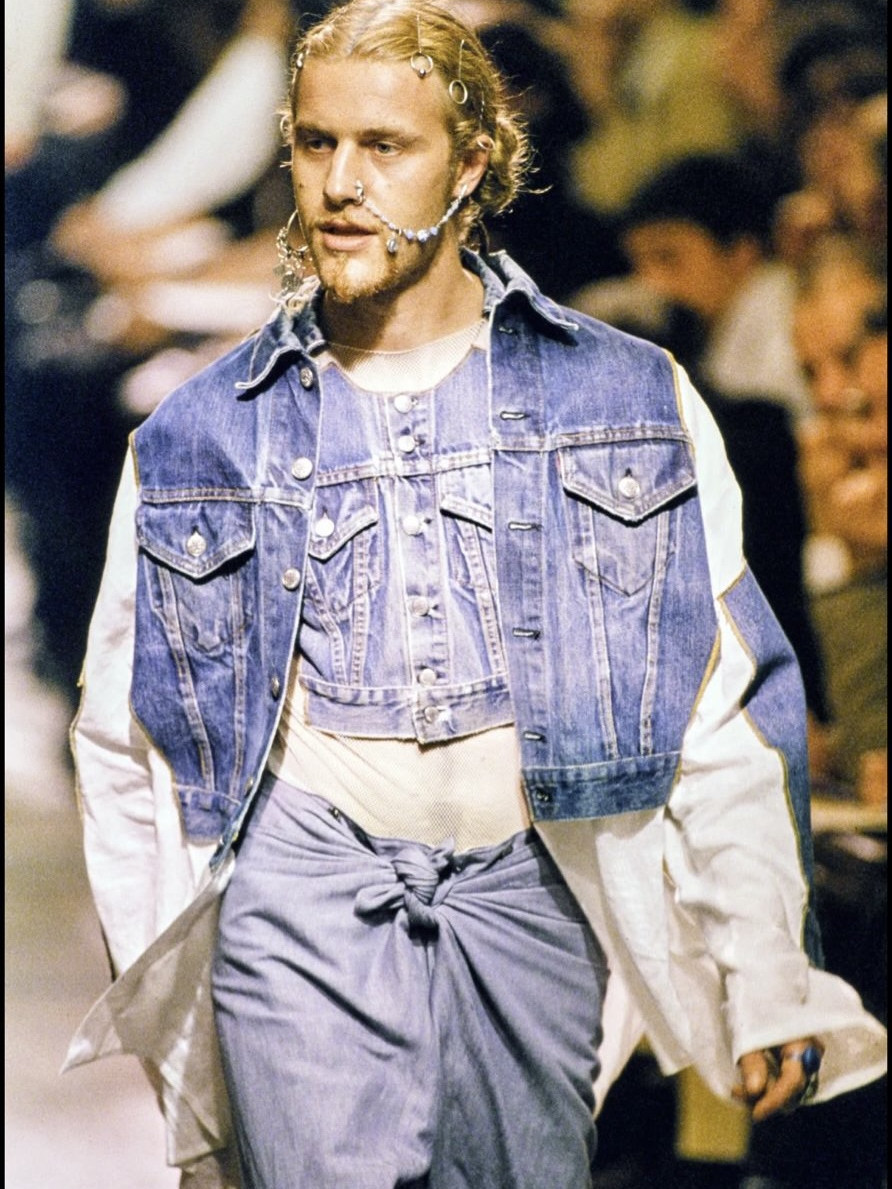
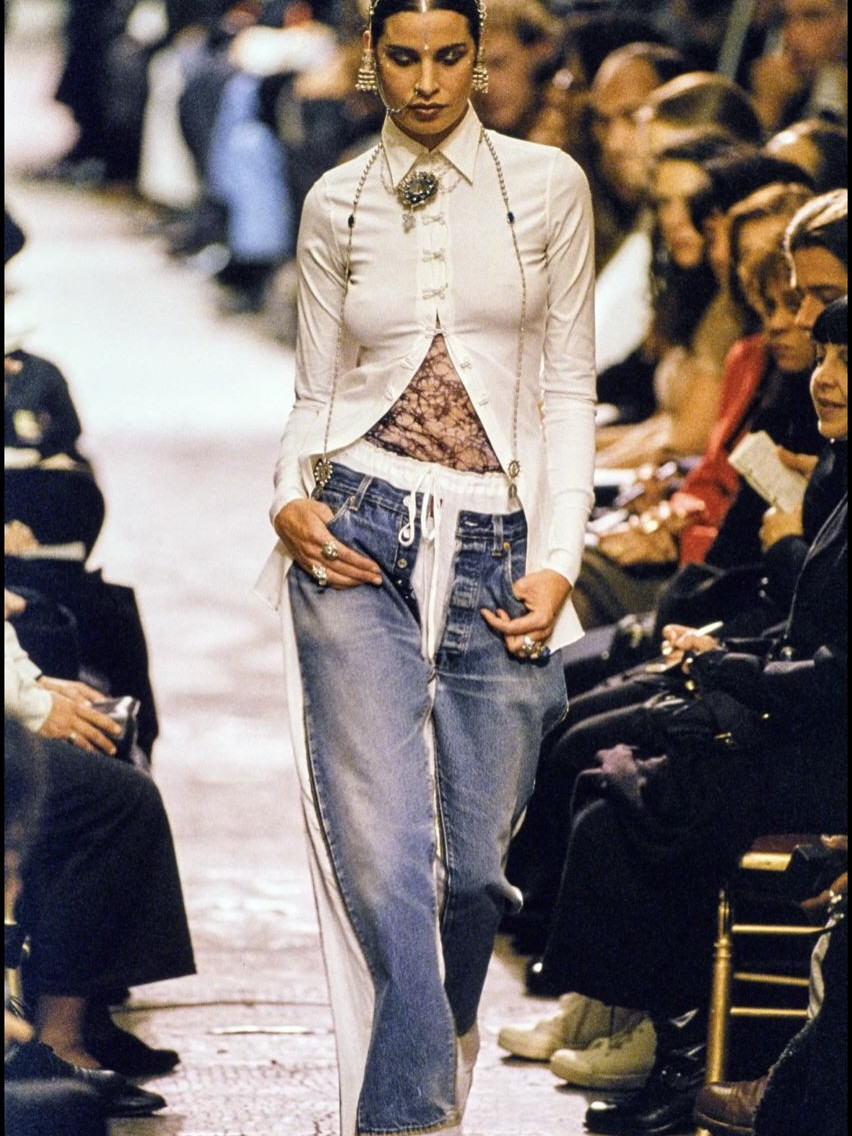
Denim, references to sailor uniforms through original maritime striped patterns, prints of blue flowers, minimalistic sewing details and other elements of iconic images reworked into new forms embody the basic principles of Gaultier in this collection.
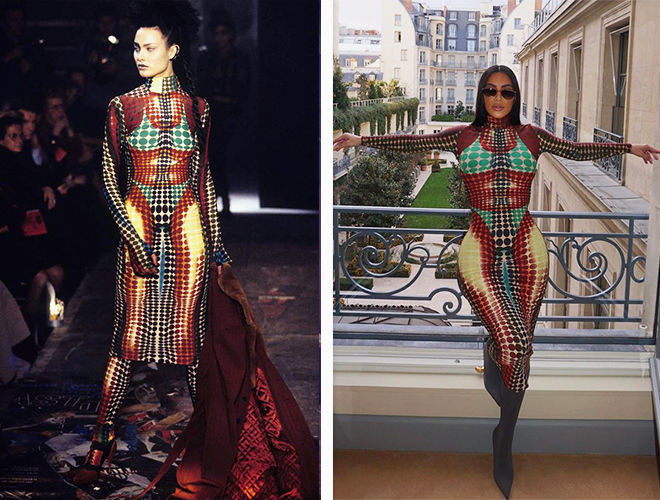
Celebrities and fashion influencers often choose Gaultier's clothing as a mean of self-expression. You can often see such celebrities as Bella Hadid, Rihanna, and the Kardashian family in the looks archival and new collections. At the same time, stylists choose Jean Paul Gaultier looks not only for red carpet appearances but also for their clients' everyday ensembles, making the brand relevant not only during the film festival and award seasons but also in everyday life.


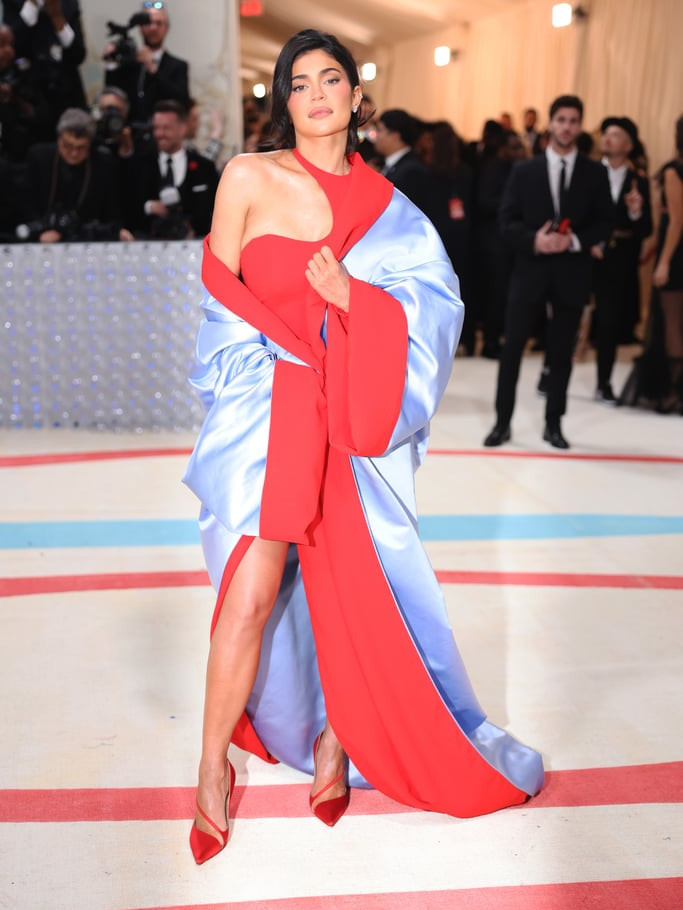
The great legacy of Jean Paul Gaultier continues to influence the world of fashion, demonstrating that true art knows no temporal boundaries and remains eternally relevant. Any collection that comes out of his hands or is inspired by his work is guaranteed to attract attention, continuing to live and evolve with new generations of designers and fashionistas. Jean Paul Gaultier remains not just a brand but a living symbol of a fashion revolution, endless creative energy, and boundless inspiration.








